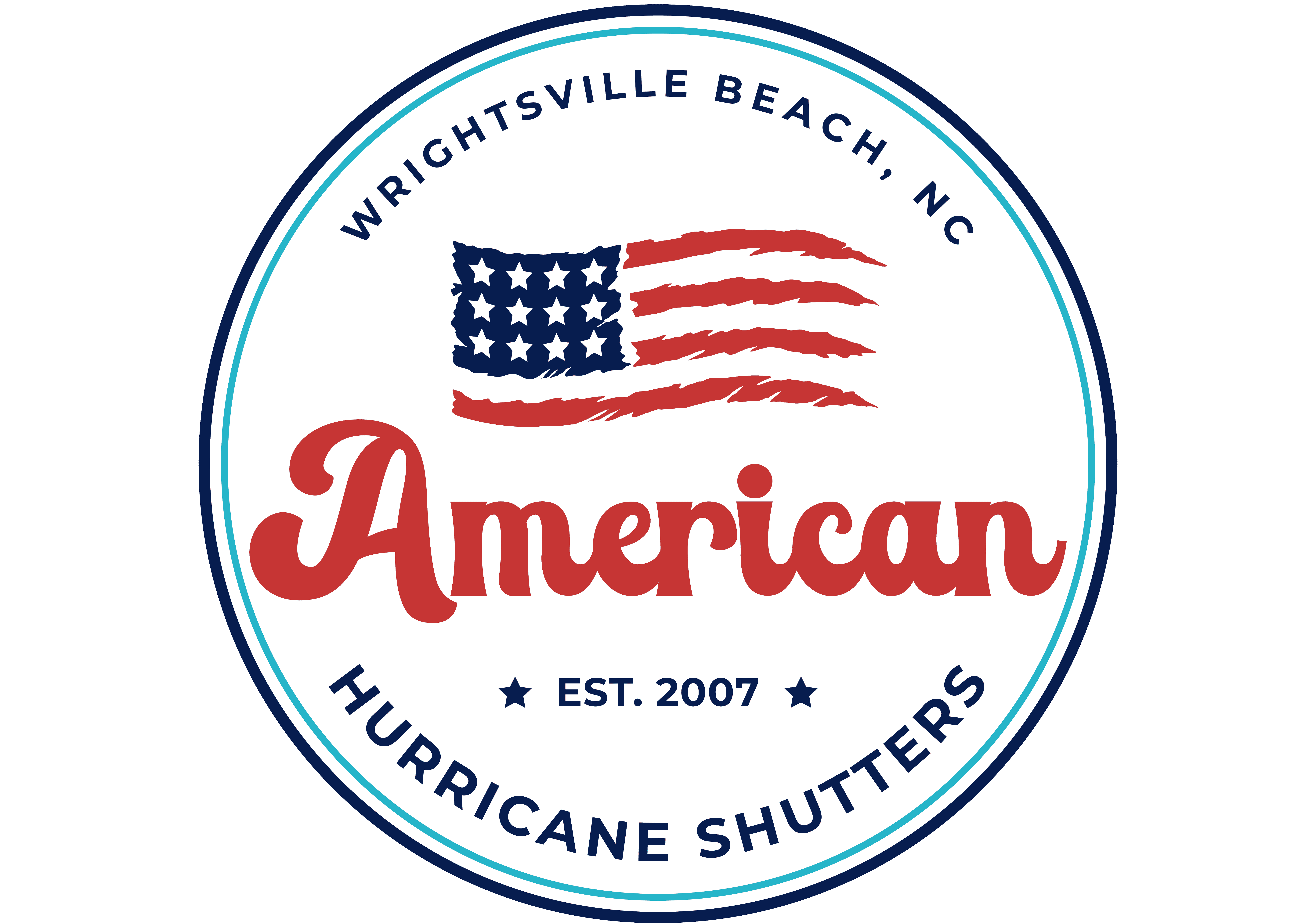Living in a hurricane-prone area brings a unique set of challenges, especially when it comes to protecting your home from the devastating impact of these powerful storms. Among the most effective defenses against the high winds and pelting rain are hurricane-resistant shutters. However, not all shutters offer the same level of protection. This comprehensive guide delves into the critical aspects of selecting and installing shutters that can truly stand up to the fury of a hurricane.
Understanding Hurricane Resistant Shutters
Before diving into the specifics, it’s essential to grasp what makes shutters hurricane-resistant. These are not your average window coverings. Designed to withstand the extreme forces of a hurricane, these shutters are built from robust materials and engineered based on rigorous analysis of wind pressures and debris impact potential.
Materials Matter
The choice of material is crucial in the effectiveness of hurricane shutters. Aluminum, steel, and polycarbonate are among the most common materials used, each offering a balance of strength, durability, and aesthetic appeal. The material selection often depends on the specific needs of the homeowner, including budget considerations and the architectural style of the property.
Aluminum shutters, for example, are lightweight yet strong, making them a popular choice for many homeowners. Steel shutters provide even greater strength but are heavier and may require more robust mounting systems. Polycarbonate shutters, on the other hand, offer the unique advantage of being transparent, allowing natural light into the home even when the shutters are closed.
Design and Engineering
The design and engineering of hurricane shutters are as important as the materials from which they are made. This involves detailed analysis of wind patterns, potential pressure points on a building, and the specific vulnerabilities of different types of windows and doors. The goal is to create shutters that not only resist the direct force of the wind but also protect against flying debris and pressure changes that can cause structural damage.
Advanced computer modeling and simulation techniques are often used to predict how shutters will perform under various hurricane conditions. This allows manufacturers to refine their designs for maximum protection before the shutters are ever installed on a home.
Regulations and Standards
It’s important to note that there are industry regulations and standards that govern the manufacturing and installation of hurricane shutters. These regulations ensure that the shutters meet specific criteria for strength, durability, and performance under simulated hurricane conditions. When selecting hurricane shutters for your home, be sure to inquire about the certifications and compliance with relevant standards to guarantee their effectiveness.
Choosing the Right Hurricane Shutters for Your Home
With a basic understanding of what makes shutters effective against hurricanes, the next step is to choose the right type for your home. This decision should be based on a combination of factors, including the specific hurricane risks in your area, the architectural style of your home, and your personal preferences.
Types of Hurricane Shutters
There are several types of hurricane shutters available, each with its own set of advantages and considerations. Roll-down shutters, accordion shutters, Bahama shutters, and colonial shutters are among the most popular choices. Roll-down and accordion shutters offer excellent protection and can be easily deployed when a storm is approaching. Bahama and colonial shutters add a decorative element to the home but may not offer as high a level of protection as some other options.
It’s also worth considering impact-resistant windows as an alternative or complement to traditional shutters. These windows are designed to withstand the impact of flying debris without shattering, providing an additional layer of protection for your home.
Installation and Maintenance
Proper installation is key to ensuring that hurricane shutters perform as intended. It’s generally recommended to have shutters installed by experienced professionals who understand the specific requirements for anchoring and sealing shutters to different types of building materials. Regular maintenance, including lubricating moving parts and checking for corrosion, is also essential to keep shutters in working order.
Cost Considerations
When budgeting for hurricane shutters, it’s important to consider not only the initial cost of purchase and installation but also the long-term value they provide. While high-quality shutters may have a higher upfront cost, they can significantly reduce the risk of damage to your home during a hurricane, potentially saving you money on repairs in the long run. Additionally, some insurance companies offer discounts for homes with hurricane-resistant features, which can help offset the initial investment.
The Importance of Professional Design Pressure Analysis
One of the most critical aspects of selecting and installing hurricane shutters is understanding the design pressures your home may face during a storm. This is where professional design pressure analysis comes into play.
What is Design Pressure Analysis?
Design pressure analysis involves calculating the forces that different parts of a building, including windows and doors, will need to withstand during a hurricane. This analysis takes into account the size and shape of the building, its orientation, and the specific wind speeds and directions that are likely in the event of a hurricane. The result is a detailed understanding of the pressures that shutters must be able to resist to provide effective protection.
Without this analysis, it’s impossible to know for sure whether shutters will perform as needed under the extreme conditions of a hurricane. That’s why it’s essential to work with professionals who have the expertise and tools to conduct a thorough design pressure analysis for your home.
Customizing Shutters Based on Design Pressure
Armed with the information from a design pressure analysis, manufacturers can customize shutters to meet the specific needs of your home. This may involve adjusting the thickness of materials, reinforcing mounting points, or altering the design of the shutters to better resist the forces they will face. The goal is to ensure that when a hurricane hits, your shutters will provide the maximum possible protection for your home.
Benefits of Design Pressure Analysis
By investing in design pressure analysis, homeowners can have peace of mind knowing that their hurricane shutters are tailored to their property’s unique requirements. This customized approach not only enhances the effectiveness of the shutters but also ensures that they meet or exceed industry standards for hurricane protection. Additionally, design pressure analysis can help identify any weak points in a home’s existing structure, allowing for targeted reinforcement to improve overall resilience.
Enhancing Home Resilience with Additional Measures
While hurricane shutters are a crucial component of a home’s defense against storms, there are additional measures that homeowners can take to enhance their property’s resilience. From landscaping strategies to structural reinforcements, these supplementary actions can further fortify your home against the impact of hurricanes.
Landscaping for Wind Resistance
Strategic landscaping can help reduce the risk of wind damage during a hurricane. Planting wind-resistant trees and shrubs, securing outdoor furniture and decor, and removing dead or weak branches can minimize the potential for debris to become projectiles in high winds. Additionally, creating windbreaks with fences or walls can help deflect wind away from vulnerable areas of your home.
Structural Upgrades for Storm Protection
Consider investing in structural upgrades that enhance your home’s ability to withstand hurricane-force winds. This may include reinforcing roof trusses, installing impact-resistant doors, and upgrading garage doors to withstand high winds. By fortifying key structural elements of your home, you can reduce the risk of damage and improve overall safety for your family.
Emergency Preparedness Planning
Developing a comprehensive emergency preparedness plan is essential for navigating the challenges of a hurricane. Ensure that your family has a communication strategy in place, a stocked emergency kit with essential supplies, and a clear evacuation plan if needed. Staying informed about local evacuation routes and emergency shelters can also help you make timely decisions to protect your loved ones and property.
By combining hurricane shutters with these additional measures, homeowners can create a multi-layered approach to hurricane preparedness that enhances the resilience of their homes and increases the safety of their families.

